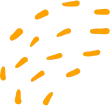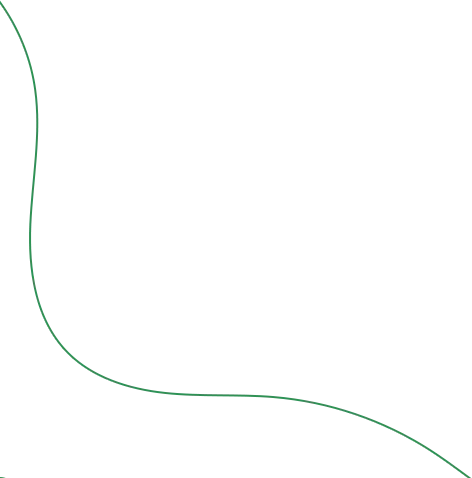



Valence Bond Theory
Chapter Name : Chemical Bonding And Molecular Structure |
Sub Topic Code : 102_11_04_06_03 |
Topic Name : Valence Bond Theory |
|
Sub Topic Name : Directional Properties Of Bonds |
|
Introduction
• During bond formation there is partial merging of atomic orbitals called overlapping of atomic orbitals which results in the pairing of electrons. • Greater the overlap the stronger is the bond formed between two atoms.
Pre-Requisites:
Covalent bond, ionic bond, molecule, bond length, orbital
Activity:
Overlapping orbitals are like tomato slices kept in such a way that they overlap.
Real Life Question:
How do covalent bonds form?
Key Words / FlashCards
| Key Words | Definitions (pref. in our own words) |
|---|---|
| Covalent bond | Covalent bond forms when there is sharing of electrons between two atoms. |
Learning aids / Gadgets
| Gadgets | How it can be used |
|---|---|
| Ball, dumbbell | A ball and a dumb bell are like the s and p orbitals. |
Real life uses :
Covalent bond helps to form many molecules e.g. water
Places to visit :
Kitchen, gym, playground
Practical examples around us
| Examples | Explainations |
|---|---|
| Dumbbell, slices of tomato | Dumbbell is like the shape of a p orbital and like a slices of tomato kept over each other, orbitals overlap in the same way making a bond. |
What you learn in Theory:
Covalent bonds are made by the overlapping of atomic orbitals.
What you learn in Practice:
Overlapping of atomic orbitals helps to form many molecules such as water.